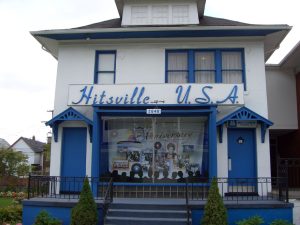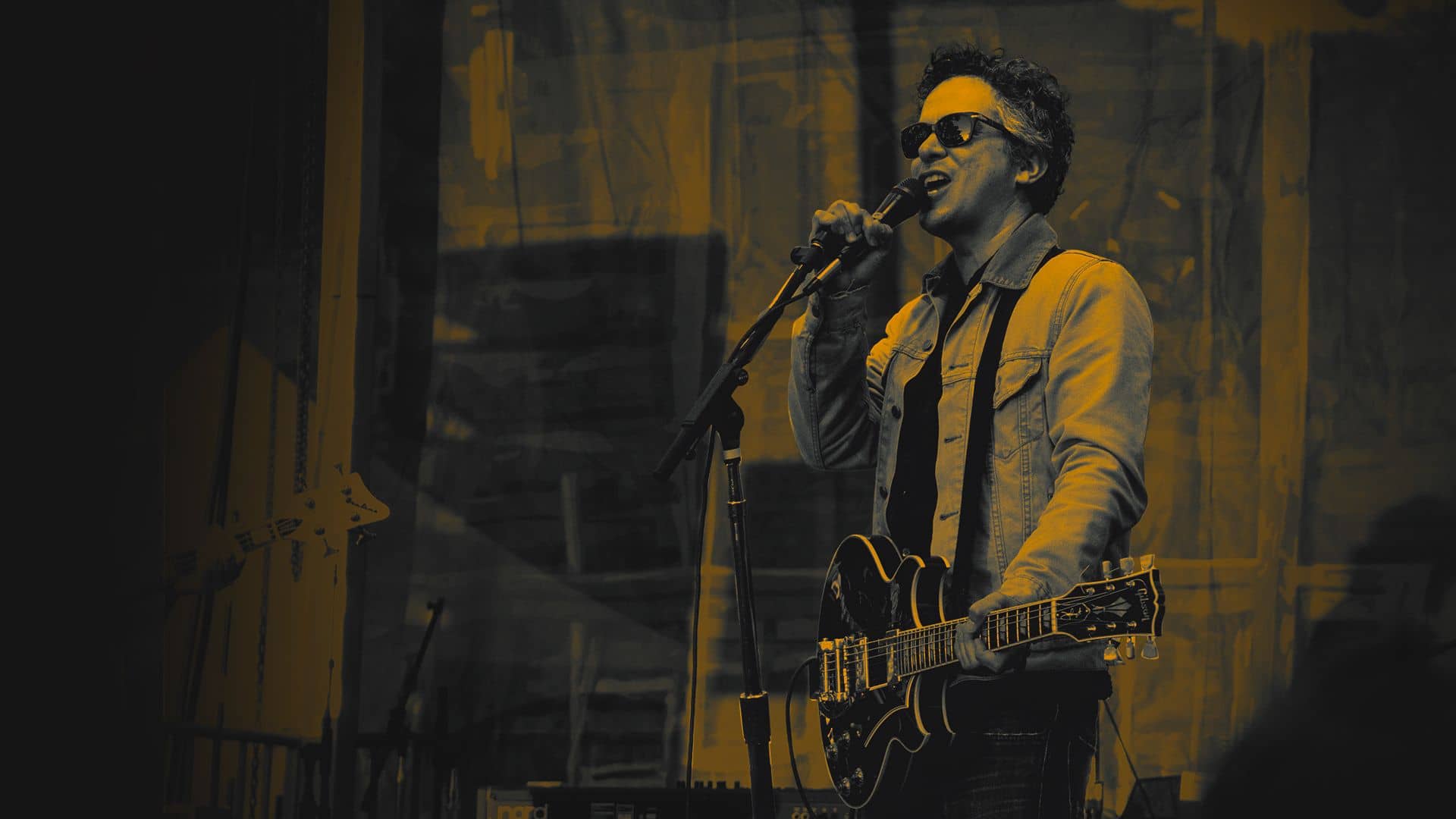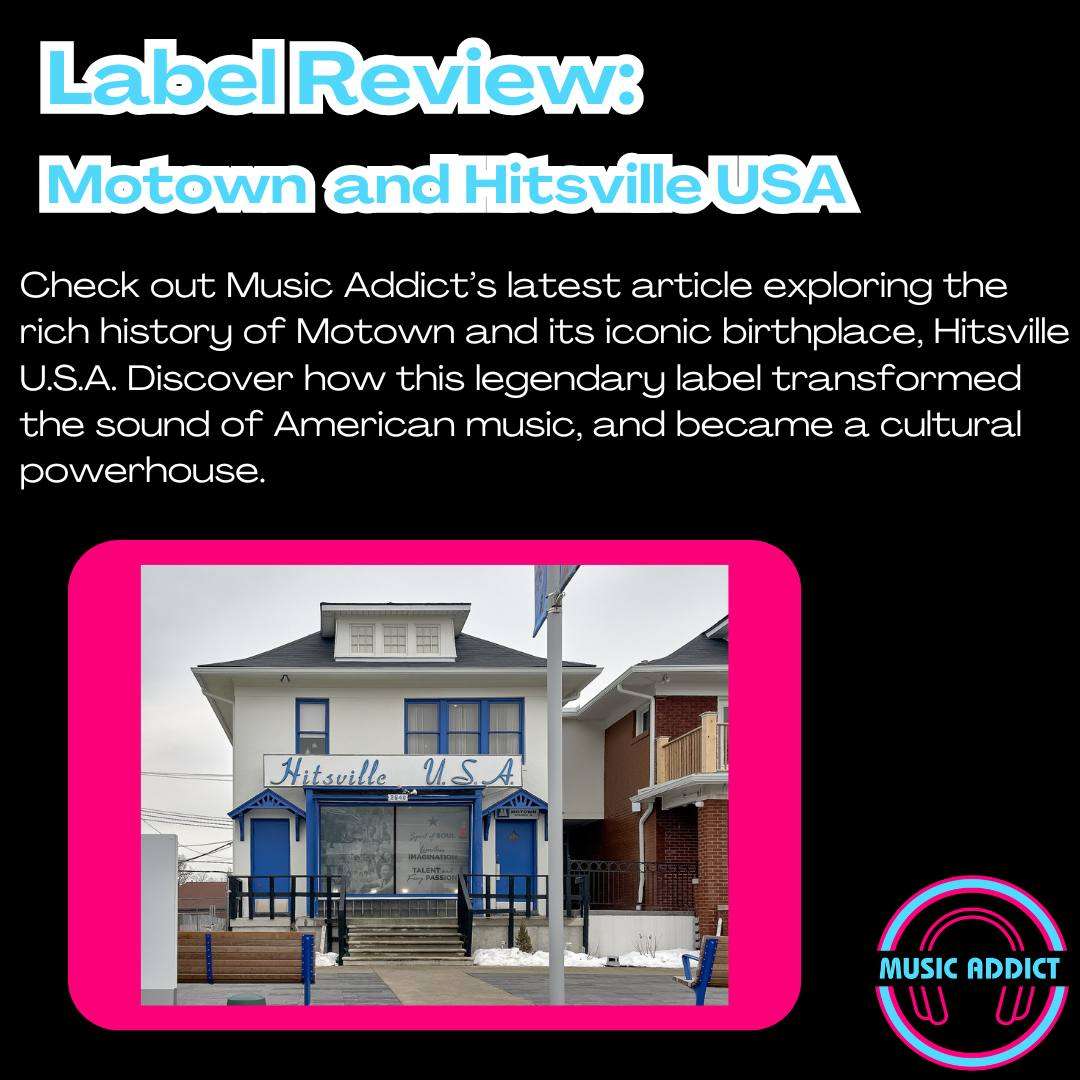An unassuming house at 2648 West Grand Boulevard in Detroit, Michigan, became the birthplace of a cultural revolution. This house, later famously dubbed Hitsville U.S.A., served as the original headquarters of Motown Records, a record label that forever changed the face of American music. Founded in 1959 by Berry Gordy Jr., Motown Records not only defined the sound of a generation but also helped bridge racial divides during the height of the civil rights movement. From its humble beginnings to its meteoric rise, Motown became more than a label—it became a symbol of Black excellence, entrepreneurship, and unity.
“Motown was about music for all people—white and Black, blue and green, cops and the robbers. I was trying to build a music empire… and we did it with a lot of love.” – Berry Gordy
Motown’s rise wasn’t just about catchy songs and danceable beats—it was about transforming American identity through rhythm and resilience. The label represented a movement that championed inclusion, creativity, and bold expression. From its bustling studio to television screens across the country, Motown became synonymous with more than just music—it became the sound of possibility.
The Birth of Motown: Music Meets Vision
Berry Gordy Jr., a former autoworker at Ford Motor Company, understood the power of assembly-line efficiency. Inspired by Detroit’s industrial might, he sought to apply similar methods to the music business. After a stint in songwriting, including penning hits for Jackie Wilson, Gordy took the advice of Smokey Robinson and decided to create his own label. With an $800 loan from his family, Gordy founded Tamla Records, which soon evolved into Motown Records, named after Detroit’s nickname, “Motor Town.”
Gordy’s revolutionary idea was to create Black music with universal appeal—music that could cross racial boundaries without diluting its soul. By developing a unique artist development model, Gordy turned raw talent into polished performers. The company implemented a Motown “finishing school” that coached artists in elocution, etiquette, and choreography, grooming them to be not just stars, but icons.
“We weren’t just making music; we were making history.” – Smokey Robinson
The synergy created by this structure birthed a powerful and consistent sound, allowing Motown to churn out hit after hit. Gordy’s knack for spotting talent and building collaborative teams made Motown one of the most prolific hit-making machines in music history.
Hitsville U.S.A.: The Heartbeat of the Label
That small house on West Grand Boulevard wasn’t just an office—it was a musical laboratory. The first floor housed Studio A, where countless legendary hits were recorded, while upstairs functioned as administrative space and sometimes a crash pad for touring musicians. Despite the building’s modest size, its walls echoed with creative energy, camaraderie, and relentless work ethic.
The studio was open around the clock, with artists and producers cycling through in marathon sessions. It wasn’t uncommon to find young talents like Stevie Wonder, Diana Ross, or Marvin Gaye perfecting their sound under the guidance of producers like Holland-Dozier-Holland, Norman Whitfield, and Ashford & Simpson.

“There was something magical in that little studio. We didn’t realize we were creating classics—we were just trying to get it right.” – Diana Ross
Hitsville U.S.A. was a place of mentorship, growth, and raw artistic experimentation. Berry Gordy instilled a familial culture within the label, where competition bred excellence but camaraderie was the glue that held everything together.
The Motown Sound: A Sonic Signature
The “Motown Sound” was more than a musical style—it was a finely tuned brand. The sound was irresistibly danceable yet emotionally rich, characterized by driving bass lines, orchestral strings, tambourines accenting the backbeat, and tight vocal harmonies.
Central to this sonic identity was The Funk Brothers, a group of incredibly skilled and largely unsung studio musicians who played on more number-one hits than The Beatles, Elvis, and The Rolling Stones combined. Their improvisational brilliance and tight cohesion provided the musical backbone of nearly every Motown hit from the 1960s and early ’70s.
“If you heard a hit on the radio, chances are it was us playing behind it.” – James Jamerson, bassist of The Funk Brothers
In addition to musical arrangement, the label paid close attention to lyrical relatability. Whether it was love, heartbreak, or hope, Motown lyrics resonated across generations and racial divides. The result? Songs that were personal yet universally appealing.
The Artists: Voices That Moved the World
Motown’s roster reads like a Hall of Fame lineup:
* The Supremes broke records with 12 number-one hits, including “Where Did Our Love Go” (1964) and “Stop! In the Name of Love” (1965), becoming America’s premier girl group.
* Marvin Gaye pushed musical and lyrical boundaries with songs like “What’s Going On” (1971), addressing war, poverty, and civil rights.
* The Temptations introduced polished choreography and lush harmonies with hits like “My Girl” (1964) and “Ain’t Too Proud to Beg” (1966).
* Stevie Wonder, signed at just 11 years old, became a musical prodigy with chart-toppers like “Fingertips Pt. 2” (1963), “Signed, Sealed, Delivered I’m Yours” (1970), and “Superstition” (1972).
* The Jackson 5 launched a young Michael Jackson with energetic hits like “I Want You Back” (1969), “ABC” (1970), and “I’ll Be There” (1970).
These artists weren’t just musical icons; they were social touchstones whose success reflected the changing dynamics of American society. They gave a voice to Black America while also captivating white audiences, reshaping the cultural landscape.
Motown and the Civil Rights Movement
The 1960s were a time of profound social upheaval, with the Civil Rights Movement challenging systemic racism across America. While Motown wasn’t overtly political in its early years, its existence and success sent a powerful message: Black art and enterprise could not only compete with but dominate mainstream American culture.
Motown artists regularly performed on integrated tours and appeared on popular (and often white-dominated) television shows like The Ed Sullivan Show, helping normalize Black visibility in white homes. As the decade progressed, songs such as “Dancing in the Street” (1964) by Martha and the Vandellas became rallying cries for collective action.
“We weren’t just singing love songs—we were singing about life, about what we saw and felt every day.” – Martha Reeves
Motown’s music offered joy and escape, but also quiet strength and pride. As civil unrest surged, Gordy began to embrace more socially aware messaging. Albums like Marvin Gaye’s What’s Going On (1971) provided artistic commentary that was both brave and commercially successful.
Cultural Impact Beyond Music
Motown didn’t just influence sound—it shaped style, swagger, and cultural identity. Artists were schooled in charm school-like training programs to refine their stage presence, speech, and appearance, ensuring they could command respect and admiration from any audience. The Motown look—slick suits, glamorous gowns, and synchronized dance moves—helped redefine how Black entertainers were perceived.
The label’s influence reached into fashion, television, and even politics. Its artists became cultural diplomats, often serving as unofficial ambassadors of African American excellence on global tours.
Motown also inspired entrepreneurship in the Black community. Berry Gordy became a model of what was possible with determination, talent, and vision. His label wasn’t just producing stars; it was producing leaders, icons, and role models.
Motown’s Evolution and Enduring Legacy
By the 1970s, Motown had moved its headquarters to Los Angeles, expanding into television and film with productions like Lady Sings the Blues (1972), starring Diana Ross, and The Wiz (1978), featuring Michael Jackson. The music continued to evolve, embracing funk, disco, and socially conscious soul.
Though the original Hitsville house closed its doors in 1972, its legacy endured. In 1985, Gordy sold Motown, but its music lived on. In 1988, the Motown Museum was established in the original Hitsville house, preserving the legacy for future generations. Motown’s influence can be heard in genres from hip-hop to pop, and its artists continue to inspire musicians around the world.
In recent years, Motown’s impact has been celebrated in Broadway productions, documentaries, and educational programs. From vinyl to streaming, its timeless tracks remain a testament to the enduring power of soulful expression.
Conclusion
Hitsville USA and Motown Records were more than a business—they were a movement. Through visionary leadership, artistic genius, and a belief in music’s power to unite, Motown turned a small Detroit house into the epicenter of a global cultural shift. The soulful echoes of that time still resonate, reminding us that music can move more than just feet—it can move hearts, minds, and even history.
Whether you’re humming along to The Supremes, feeling the groove of The Temptations, or marveling at Stevie Wonder’s genius, you’re tapping into the magic that was born at Hitsville U.S.A.—a place where a beat from Detroit changed the world.

